DBMS -joins
Join in
DBMS is a binary operation which allows you to combine join
product and selection in one single statement. The goal of creating a join
condition is that it helps you to combine the data from two or more DBMS
tables. The tables in DBMS are associated using the primary key and foreign keys
Types of Join
Inner
Join
Inner Join is used to return rows from both tables
which satisfy the given condition.
Theta
Join
Theta Join allows you to merge two tables based on the
condition represented by theta. Theta joins work for all comparison operators.
It is denoted by symbol θ. Use any condition( इसमें जो Condition (>,<,=)होती है उसके हिसाब से टेबल की Tuples को show किया जाता है)
|
|
EQUI
Join
EQUI Join is
done when a Theta join uses only the equivalence condition. (इसमें जो टपल्स इक्वल होती हैं वह डिस्प्ले की जाती हैं अगर मान लीजिए Employees id और department id से एक equality show की गई है तो emp idऔर dept Id दोनों ही show होंगी)
|
|
Natural
Join (⋈)
Natural Join does not utilize any of the comparison operators. In this type of join, the attributes should have the same name and domain. In Natural Join, there should be at least one common attribute between two relations. ( no need to give condition is automatically select same tuple) example(इसमें emp id आईडी और dept id क compare किया जाता है तो एक ही ID को लिया जाता है)
|
|
|
|
Outer Join
- Left Outer Join
- Right Outer Join
- Full Outer Join
Left
Outer Join (A B)
Left Outer
Join returns all the rows from the table on the left even if no
matching rows have been found in the table on the right. When no matching
record is found in the table on the right, NULL is returned.
|
|
|||
|
Right
Outer Join ( A B
)
Right Outer Join returns all the columns from the table on the right even if no matching rows have been found in the table on the left. Where no matches have been found in the table on the left, NULL is returned. RIGHT outer JOIN is the opposite of LEFT JOIN
|
|
|||
|
Full
Outer Join ( A B)
In a Full Outer Join ,
all tuples from both relations are included in the result, irrespective of the
matching condition. Full outer join मैं Tuples को इस तरह से show किया जाता है जिससे कि दोनों Table के Content को Share किया जा सके और जो Content Condition के हिसाब से show किया जाता है.
Example
|
|
|||
|





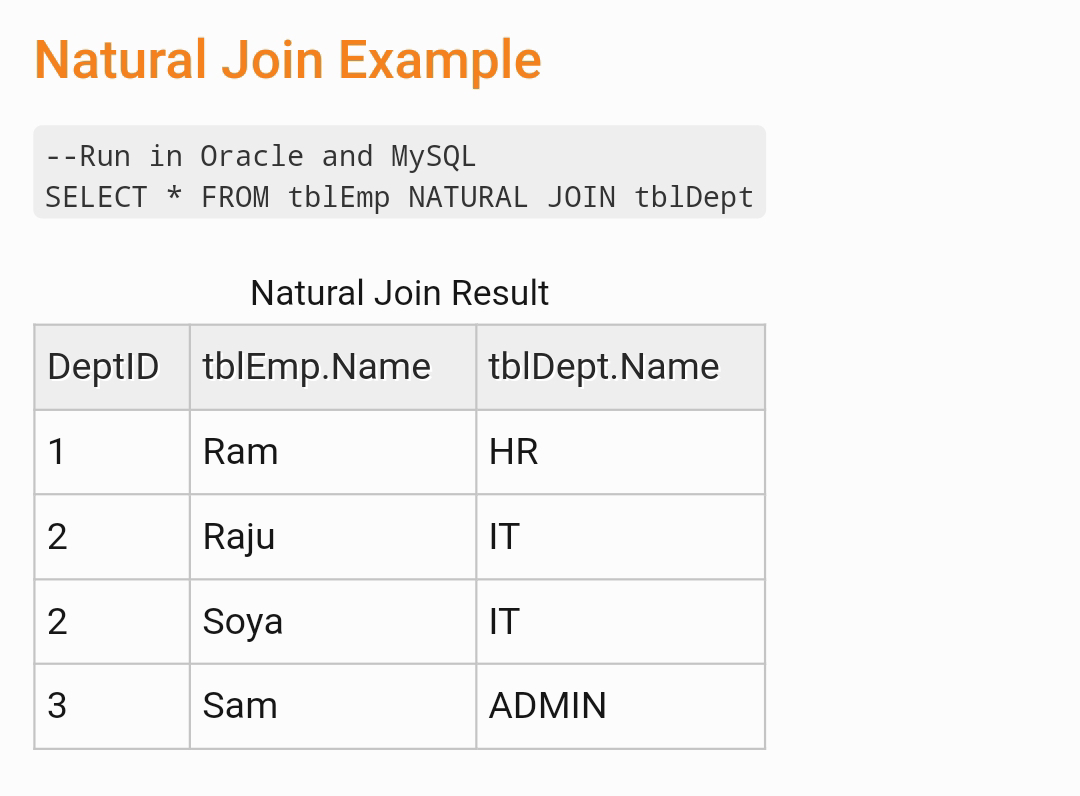


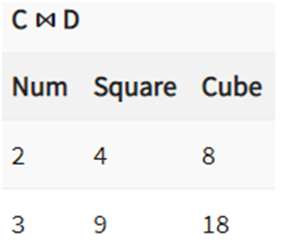

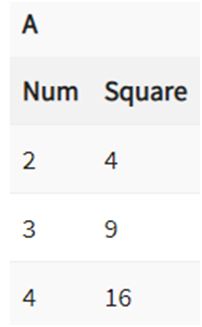





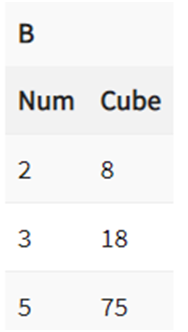

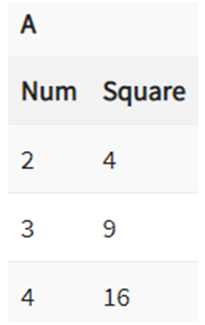

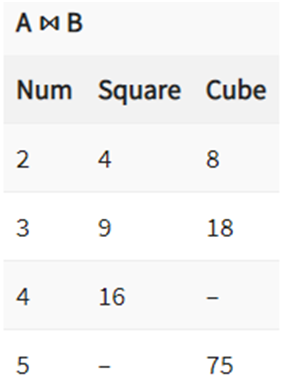

Comments
Post a Comment